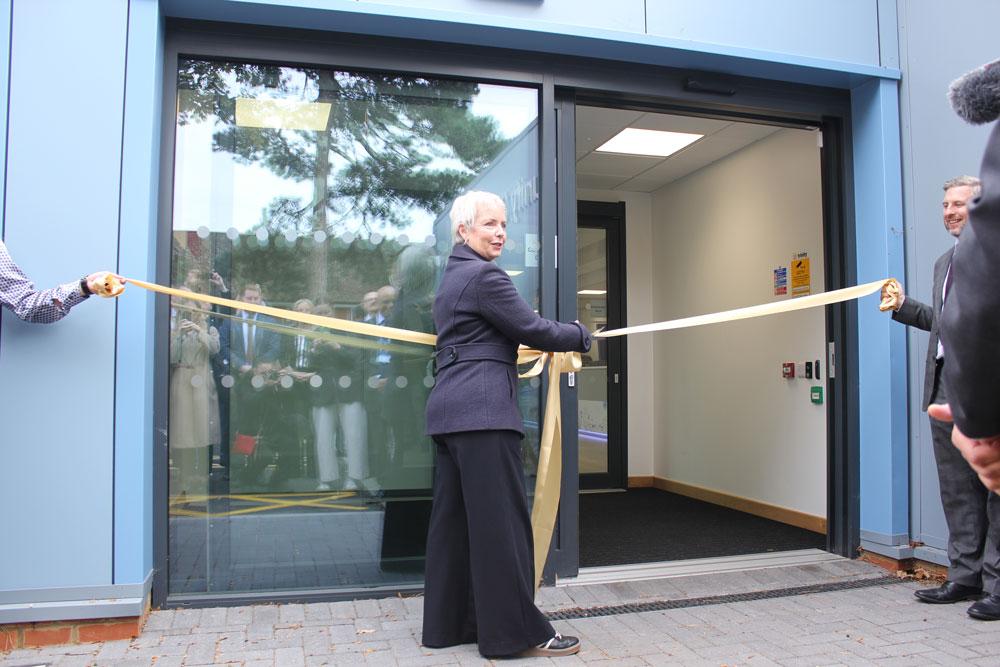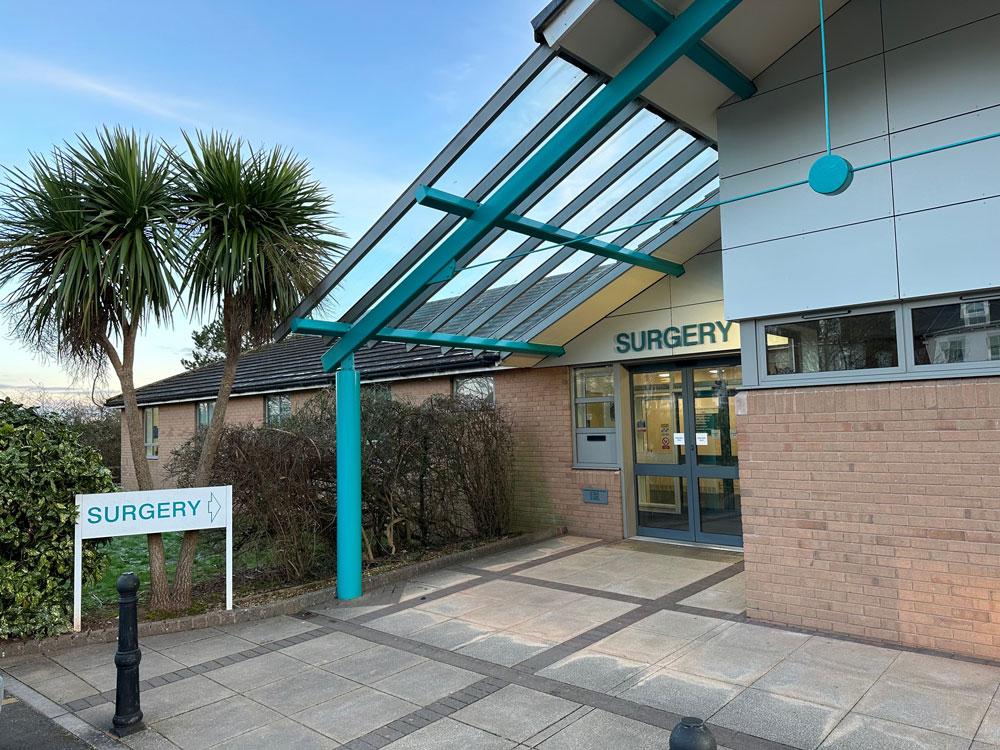Martin Steele, CEO of NHS Property Services, discusses the importance of estates professionals in the healthcare sector
As we return to a new normal and reflect on the Covid-19 pandemic, it’s important to look to the future of healthcare, and how we can apply what we have learnt during this time as we move forward. As owners of 10 per cent of the NHS estate, we at NHS Property Services (NHSPS) have worked closely with the NHS throughout the pandemic, from adapting facilities to support the vaccine rollout to creating hot and cold sites across England to minimise the spread of Covid-19. This has been essential. Not only to ensure that Covid-19 services can be carried out, but also to allow regular healthcare services to continue in parallel. Throughout the pandemic I have seen first-hand the importance of strong communication between the NHS and estates professionals. These individuals, like our teams at NHSPS, help to ensure patients receive the best possible care.
The relationship between estates professionals and hospital management, as well as the wider healthcare sector, is, and should always be, intertwined. There are numerous decisions that facilities managers make every day. These decisions - from identifying what space is available to treat patients, to improving the ease of movement around a site - require a solid understanding of the estate profession. Our facilities management teams are crucial to keeping our NHS hospitals, health centres and GP practices up and running across England. They enable the excellent patient care that our medical professional colleagues provide. We deliver everything from high-level estate strategy to day-to-day property management, all to improve healthcare environments. Our expertise in property management and development is essential to the smooth running of existing, and the development of new, facilities.
The benefits of collaboration
By collaborating with partners more broadly across the NHS, we have also ensured existing assets are adapted in a way that best utilised the available space throughout the pandemic. We have used our expertise in property and facilities management to create additional clinical capacity, increase testing capability and to promote better infection control in the sites we own and manage. This could not be done without the collaboration between all of those within the regional estate delivery system, including the increasingly important Integrated Care Systems (ICSs). Our skills enable us to support local systems, who are relying on us to understand the data we have available from our sites, the demand on our estate, its availability for use and the resources and capabilities we have as an organisation so they can best serve their communities.
Understanding the data is key. By sharing this information with our customers, such as hospital managers, we can improve the overall running of a site, and improve service delivery in the future. Accurate data on estate utilisation has the potential to provide us with invaluable information about a facility’s capacity, cost, condition, fitness for purpose or potential for adaptation and help us to identify underused or empty space. For example, understanding the footfall in properties, or the usage of various rooms, can help us identify which spaces are being used most often, which types of services are most useful in a community, and which spaces could be repurposed to better serve these patients. This information is essential for hospital managers to ensure the best use of NHS space and that the right services are reaching the right people.
The importance of localised care
At NHSPS we are constantly looking to develop new sites in locations that may be currently underserviced. This has been exacerbated throughout the pandemic as we have seen demand for additional space that just cannot be met through adapting the existing estate alone. New sites need to be developed; and the location of these new hospitals and health centres is important. With the recent shift to integrated care, ensuring patients can easily access health services in their local community is more important than ever. These are considerations that hospital managers and property developers alike should all have front of mind.
Bringing healthcare services closer to communities is an important part of the NHS’ shift to integrated care, as outlined in the NHS Long Term Plan. Ensuring communities can access essential health services in a local setting plays a key role in keeping patients who don’t need to be in an acute setting, out of hospitals. Our Healthy Places programme – which is now in its second year – aims to do just that. Delivering more than 100 projects already, it’s helping to solve local healthcare needs, and improve outcomes for patients and clinicians alike. The projects under this scheme range from refurbishments and new builds, to accommodating social prescribing initiatives. At Rotherham Health Centre, for example, we completed a large-scale refurbishment, transforming vacant space into 26 new consultation and treatment rooms for an ophthalmology service. The new rooms meant that the ophthalmology service could move out of an acute hospital setting and be closer to the community it serves.
Broadening the meaning of health care
While the utilisation and identification of space is important, there are many other areas our teams need to consider too. For example, it’s essential we look at how we can improve the health of the general population more broadly in all buildings we construct, renovate, and operate in too. The design of buildings – new and old – needs to be well thought out, with health considerations incorporated into the planning stage; a process known as healthy design. Buildings that have few windows and no outdoor space can negatively impact the health and well-being of patients and the NHS staff that work in them. Therefore, across the country, we are helping to update and adapt spaces to help address local health and social needs for little to no cost. It is easier than people think, and there are many examples, including one of our sites in Scunthorpe where the reception area is being reorganised and the café improved, creating space and a more welcoming environment simultaneously.
In addition to this, in Tyne and Wear, as part of our social prescribing programme, an overgrown plot of land next to the Houghton Primary Care Centre has been transformed into a beautiful community garden. On completion we partnered with the nearby Sunderland Recovery College who now oversee the garden and run courses there for people recovering from mental health problems. People from the local community have also started coming back to the space, maintaining it and growing food for the community. This could not have been done without strong communication between experts in estate management working in partnership with healthcare professionals to identify what patients need, and what can be possible within a facility.
As we can see, it would not be possible to deliver care to patients to the best of our abilities without understanding the buildings patients are entering; that’s everything from where they are, to how they are constructed, and the services delivered inside. Estate professionals have an essential role to play within the healthcare sector. Our teams working at NHSPS work tirelessly to make sure the facilities where patients are treated support healthcare professionals to enable excellent care.






